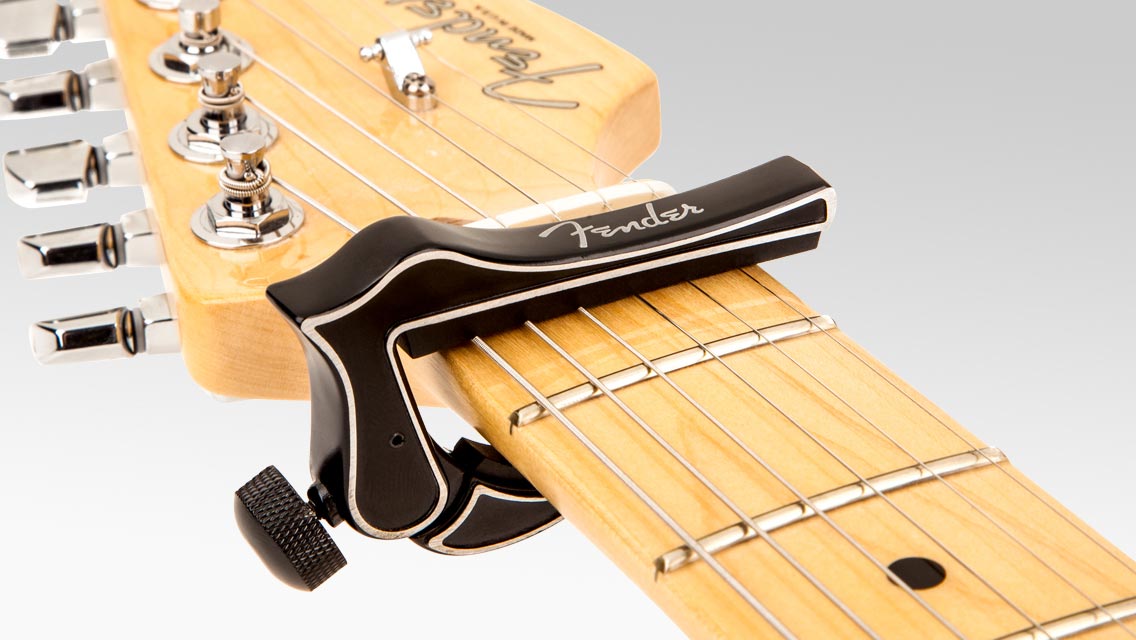By Jeff Owens
Why You Should Consider Using a DI Box
It's a good idea for gigging or recording guitarists. Even better for bassists and acoustic players.

If you gig a lot or do a lot of studio recording, you should have a good DI box. It’s a good idea for electric guitarists; it’s an even better idea for bass guitarists and acoustic guitarists.
DI (direct injection, direct input—take your pick) boxes are a good idea because they protect your signal from noisy outside interference like that nasty hum you otherwise can’t seem to get rid of. This enables something else that’s very useful—longer cable runs unhampered by unwanted noise, which comes in handy at larger venues with bigger stages and bigger PA systems.
DI boxes accomplish these feats by providing optimal electrical compatibility between instruments and other systems to which they are often connected, like PA systems for live sound and recording consoles for studio work.
You might be surprised to know that ideal electrical compatibility is something your guitar and a PA system mixer or recording console typically don’t share. That’s because guitars and basses (passive models, which is most of them) produce very fragile signals with very little real power output. They typically have a high output impedance of around 10,000 ohms (impedance is resistance to the flow of electrical current), but that doesn’t mean the signal is strong. On the contrary, the signal is quite weak.
Guitar amps and bass amps work with these high-impedance instrument signals just fine—they have extremely high input impedances of around a million ohms, so they can easily “receive” the weak instrument input signal without damaging it or significantly degrading it.
Mixers, however, don’t work so well with high-impedance signals from instruments because they have low-ish input impedance. They don’t “like” that kind of signal because, unlike instrument amps, they aren’t designed to easily receive it. That makes the job of a passive instrument a lot harder—think of the difference as a very weak person walking uphill (signal into an instrument amp) versus a very weak person walking uphill towing a car (signal into a mixer).
Not a good match. Plugging a high-impedance instrument directly into a low-ish-impedance line input on a mixer usually results in a loss of clarity or high end, loss of volume and perhaps even additional noise in the form of hiss.
That’s where the direct box comes in. It converts a high-impedance signal to low-impedance output that can “drive” the low-impedance input of a mixer with no degradation—no added noise; no high-end loss; no volume loss. Actually, there is some volume loss along the way (nothing is ever free in the audio world), but that’s why you plug the direct box into the microphone input on the mixer, which is much more sensitive than a line input and easily lets you make up the volume difference, no sweat.
Direct boxes are quite small—usually no larger than a paperback novel. At their most basic, they have a ¼” input into which an instrument is connected with a standard instrument cable, and an XLR output that sends the signal to the mixer/console. Some models have a ground lift switch to correct ground loop noise. Direct boxes may also have a pad switch to accommodate different signal source levels. Active direct boxes (as opposed to passive) contain a preamp and are usually more tonally versatile, although they require a power source. Many direct boxes have a “pass-through” feature in the form of a second ¼” jack that delivers an input signal to an amplifier; allowing the DI box to be inserted into the signal path without interrupting it.
Direct boxes can also address issues related to balanced/unbalanced audio signals, but the function of the most practical importance to the working musician is the impedance-matching electrical compatibility described here.
In short, then, a direct box is a great idea when you need to plug a passive instrument into a mixer or microphone preamp. It will shield your signal from unwanted noise while preserving the detail in your tone—especially the high frequencies—and allowing more volume.
There are a great many direct boxes on the market, ranging from basic small-transformer-in-a-box units that start around $30 to highly sophisticated professional units costing several hundred dollars. Fender even offers the Micro DI pedal. Many working musicians and sound professionals consider a couple hundred dollars a worthwhile investment for a good direct box.
Don’t miss out!
Be the first to know about new products, featured content, exclusive offers and giveaways.


